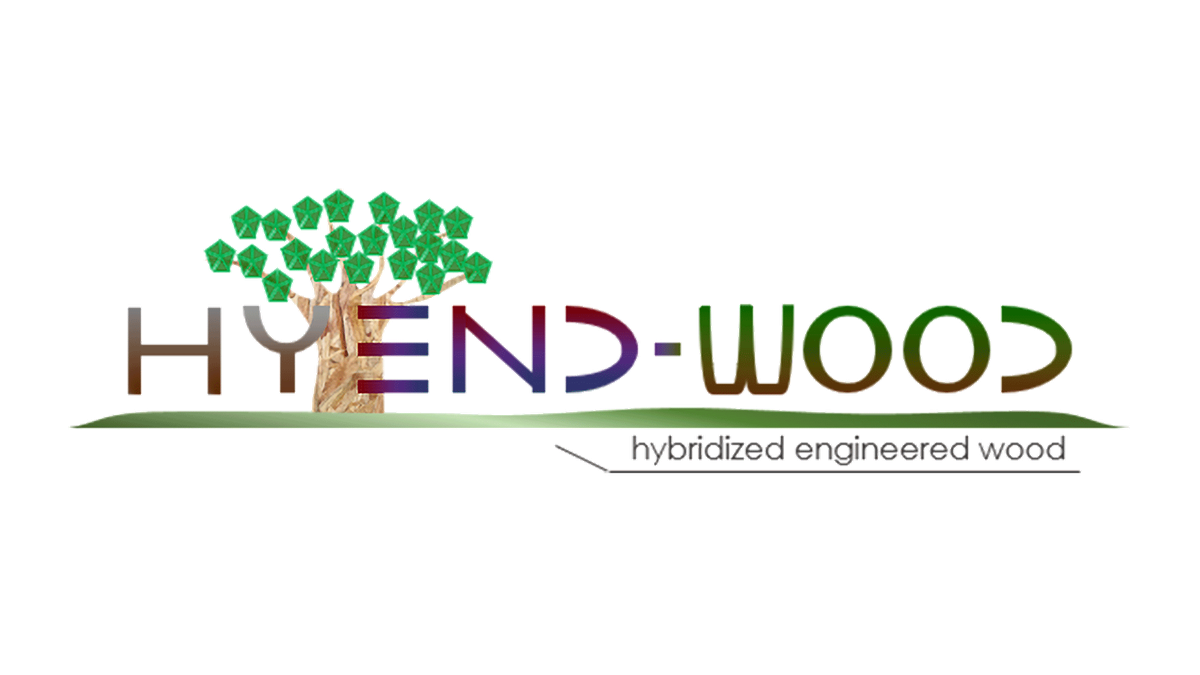For this purpose, the partners have launched the HyEnd-Wood project (Hybridized Engineered Wood - development of a hybridised wood-based material for structural components by forming a strand-based composite semi-finished product). The good specific mechanical properties of wood as a raw material should lead to innovative and "green" structural materials using strands. The material properties of the final material are to be specifically adjusted to the application through possible hybridisation.
The objectives of the HyEnd-Wood project are the development and evaluation of a wood-based material with at least 60 % wood content and the associated manufacturing process for structural components from the automotive sector. A technology demonstrator should be realised that is at least as weight-neutral as a reference assembly with the same or higher degree of performance. The aim is to achieve TRL 6 for a wood-based Bulk Molding Compound (BMC) and/or Sheet Molding Compound (SMC) and the associated processes.
Using strands (load-bearing), chips (filler), additives (fire protection, etc.) and an adhesive system, a "green" and free-forming structural material is being developed that can be processed in a two-stage process, based on the well-known BMC and SMC processes from the CFRP and GFRP sectors, first to a semi-finished product and finally to a final contour constructional component. This is intended to close the gap in lightweight construction between freely form-capable but non-load-bearing WPC and load-bearing but not freely form-capable shaped wood.
Wood protection concepts are to be considered here by Powder In-Mould Coating (PiMC) or also by the addition of additives. The simulation of the material for load-flow-oriented design and thus for resource conservation is also part of the project. Hybridisation with conventional materials, such as steel, aluminium or plastics, should take place where this appears necessary and sensible. Examples of this are the casting and recasting of local reinforcements or of joints.
The development of a wood-based structural material should thus expand the portfolio of green lightweight materials and thus defuse the tension between modern lightweight materials (such as CFRP) and social as well as legal emission requirements. Sustainability is to be further strengthened by using indigenous beech wood and by considering cascading use of old and residual wood.
The project partners Mitras Composites Systems GmbH, the Fraunhofer-Institut für Holzforschung Wilhelm-Klauditz-Institut WKI, the Department of Separating and Joining Manufacturing Processes of the University of Kassel and the Institute of Vehicle Concepts of the German Aerospace Center (project management) are working on the above-mentioned technological developments. They are actively supported by the associated partners Volkswagen AG and Jowat SE.

